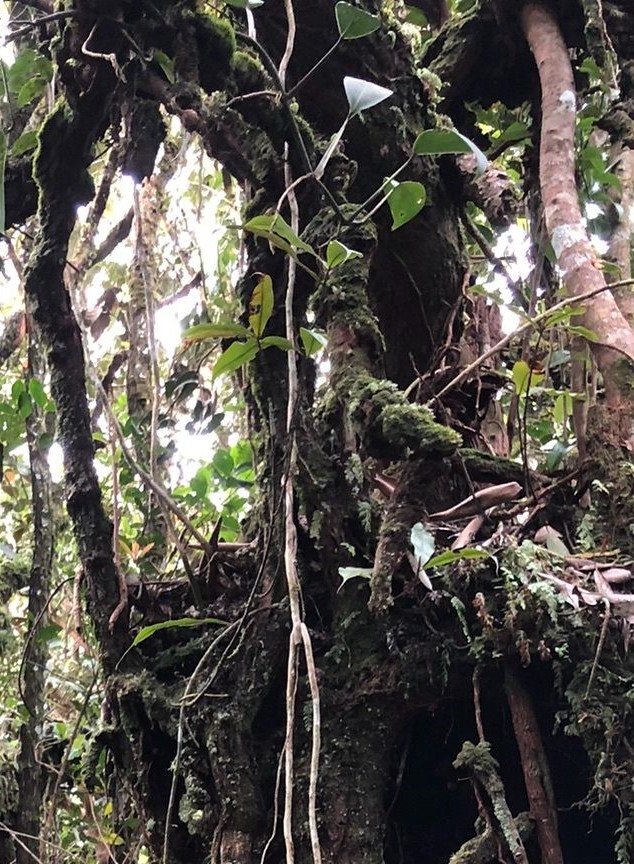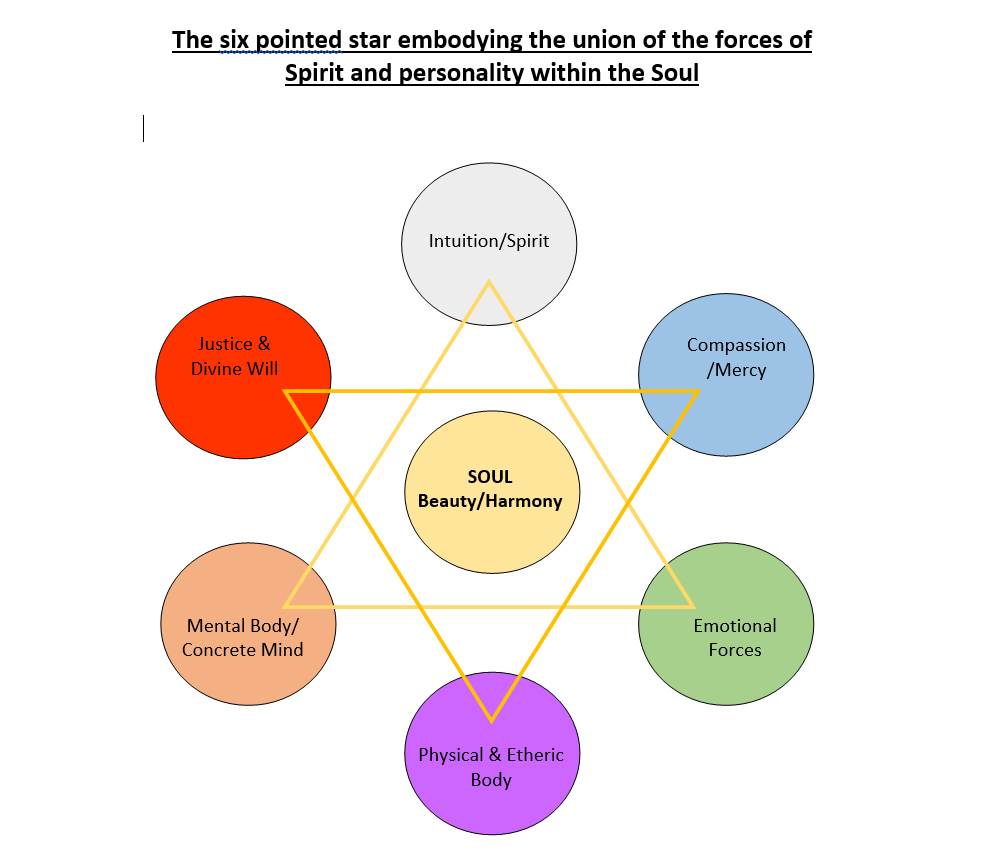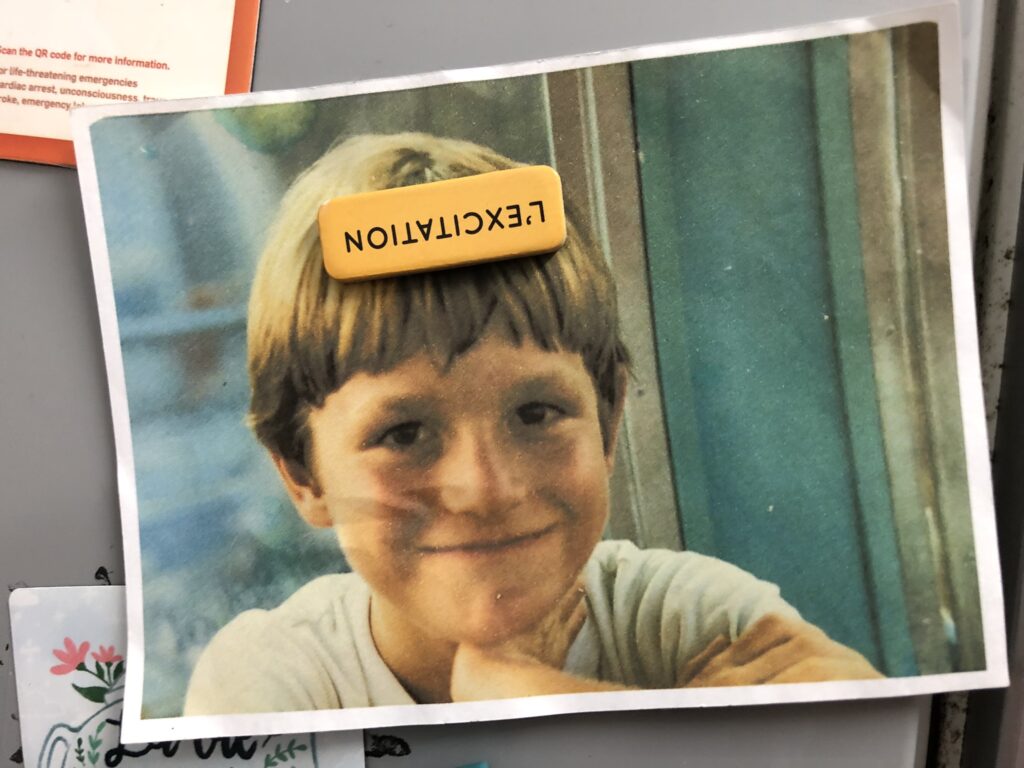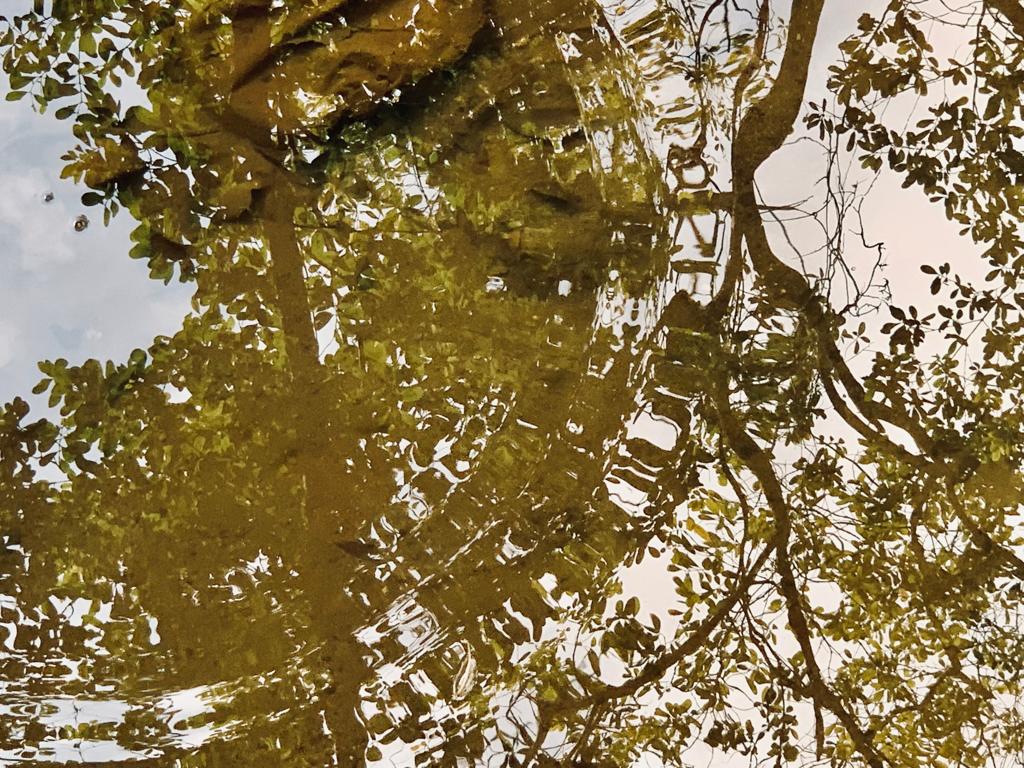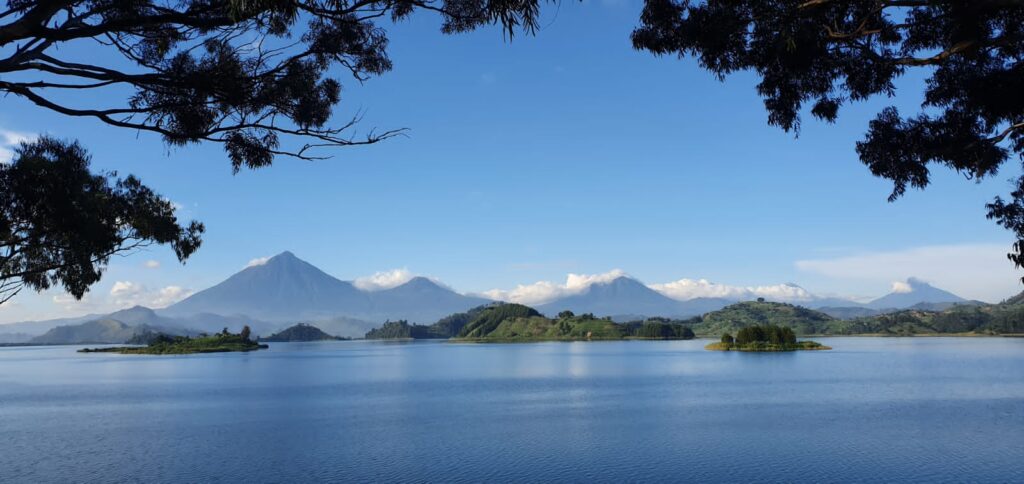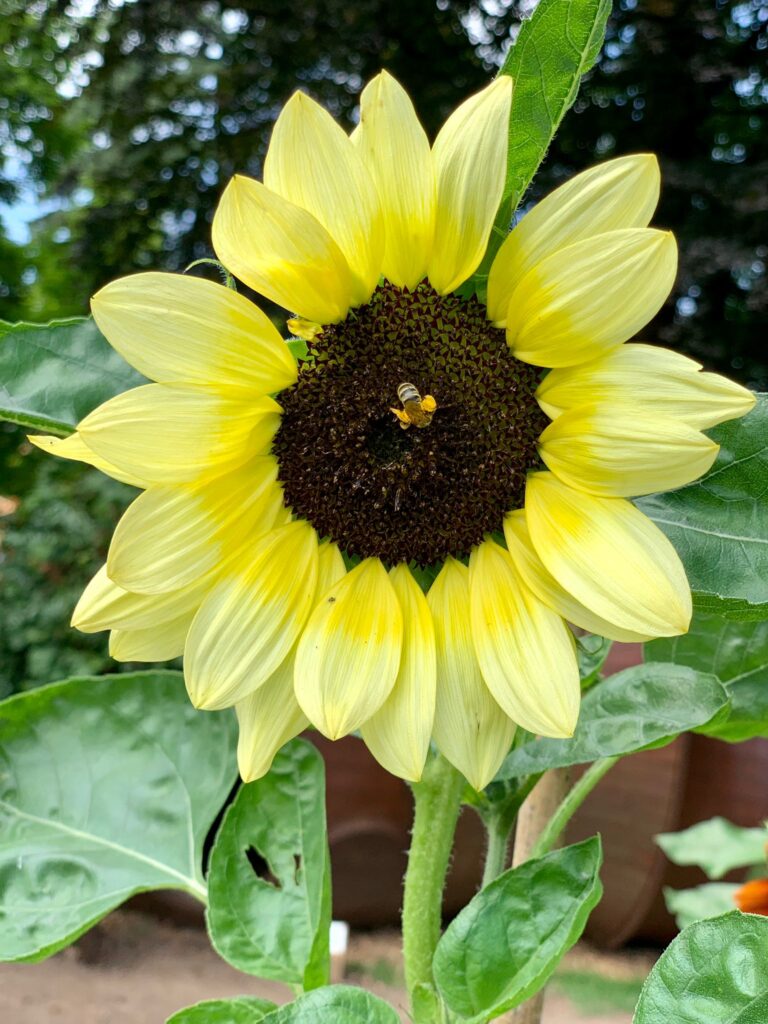“The time to make progress in your meditation practice is always ‘now’, so if by an act of choice and imagination you can see each day as an ‘active-retreat’, then this is really going to accelerate your growth”

Dear Integral Meditators,
This week’s article explores the potential of each day of your life to develop your active-meditation practice, by seeing it as a retreat!
Also, if you want to really help kick start this, the Integral Meditation Two Day Retreat on the weekend of the 28/29th October is a fantastic way to do it!
Also excited to announce the new Integral Life Practice Sessions, starting on Saturday 11th November, 9am-12noon, do click to see the format.
In the spirit of life-as-meditation,
Toby
Your daily life as a meditation retreat
Don’t wait for a retreat to do meditation
It is great to be able to do a meditation retreat, and the experience can be genuinely transformative. But for most of us, the vast majority of our time is spent with work, family and the everyday challenges and joys of daily life. The time to make progress in your meditation practice is always ‘now’, so if by an act of choice and imagination you can start seeing each day as a type of ‘retreat-in-the-world’, then this is really going to accelerate your capacity to grow as a meditator.
What you need to make your daily activities a meditation?
All very well to say ‘My daily life is a retreat,’ but how can we develop the capacity to use daily activities as forms of ‘active meditation’? Below is a list of qualities that we can bring to the table:
Intention & enthusiasm (urgency)
We begin the process with intention; “I am going to see today and its challenges as a form of active meditation, to facilitate my inner growth, to benefit my circle of family, friends and colleagues, and to make a benevolent impact on the world.” From this intention, we then generate a degree of curiosity, enthusiasm, and determination. It all starts from the choice to live on purpose!
Creating your basic meditation space
The basic goal of any meditator is to be ‘primarily present, secondarily thinking.’ This means a successful day retreat would be spent being just a little more present, and a little less lost in thought. To do this the basic mantra is:
Not lost in thought, not falling asleep, anchored in the present, and aware of my focus point in the present.
The ‘focus point’ in terms of your day retreat, is simply the next task or activity at hand, that is your meditation object.
Mindfulness & alertness
To stay ‘primarily present’, you need to remember that that is what you are trying to do (mindfulness), and alert when you loose track of it (alertness). Mindfulness and alertness are the tools that you employ to make any activity a ‘meditation.’
Ergonomic, focused flow
Mindful activity relies upon a state of body-mind that is balanced between focused and relaxed. If you try to hard to focus, you’ll get tense and tired quickly. If you are too relaxed, you’ll get distracted easily and succumb to inertia. As you do your activities, experiment with what it feels like to do it with this balanced, ergonomic state of ‘flow.’
Alternating focused & field awareness
As you go through your day, there will be times when you are paying attention single-pointedly to one task, and then ‘panning back’ to take in the big-picture of the day. ‘Single-pointedness’ and ‘field awareness’ are two basic types of meditation practice. We can use this skilful alternation between the two to navigate our day in a meditative manner.
Review time
Some time at the end of the day, or when lying down before sleep can then be used to assess what went well in your ‘retreat.’ What activities were really good ‘meditations’, and what were the ones where you ‘got lost’? What can you try tomorrow to do a bit better? What lessons have you learned? With your review time, you can use one day to make the day after an incremental improvement.
As the Navy Seal motto goes: “When faced with a challenge, we sink to the level of our training. Train hard!” With skill we can train hard, with gentle consistency and make every day a ‘meditation retreat’!
Related article: Working Samadhi – The way of the mindful warrior
Envisioning & presence – Climbing the mindful mountain
Article content © Toby Ouvry & Integral Meditation Asia 2023. you are welcome to share, but please cite the source, thanks! Contact info@tobyouvry.com
Integral Meditation Asia
Online Courses * 1:1 Coaching * Books * Live Workshops * Corporate Mindfulness Training *Life-Coaching * Meditation Technology
